Among the world's most imposing monuments are cathedrals, mosques and temples - architectural masterpieces born of the same quest for transcendence. Time seems to stand still in these places, as in the Umayyad Mosque in Damascus, built on an ancient Christian basilica itself built on the temple of Jupiter. These buildings bear the living memory of the spiritualities that have succeeded one another.
Their breathtaking architecture, sometimes the work of several generations, harbours what might be called the ‘spirit of the place’. Whether monumental or intimate, these sacred spaces offer a timeless pause, a breath of fresh air away from the hustle and bustle of everyday life. More discreet but just as significant, many caves around the world have also been home to hermits of all traditions.
These encounters with the sacred have often reminded me of the words of the Venerable Sobhita: ‘There are many paths, but once you reach the summit, it doesn't matter which one you take’. Buddhist, Christian, Hindu... these labels fade away to reveal the essential: our shared search for meaning and connection with the invisible.
Through my photos, I seek to capture the silent beauty that emanates from these places. Guardians of a thousand years of wisdom, these places and their memories continue to guide those who walk the paths of life with confidence.
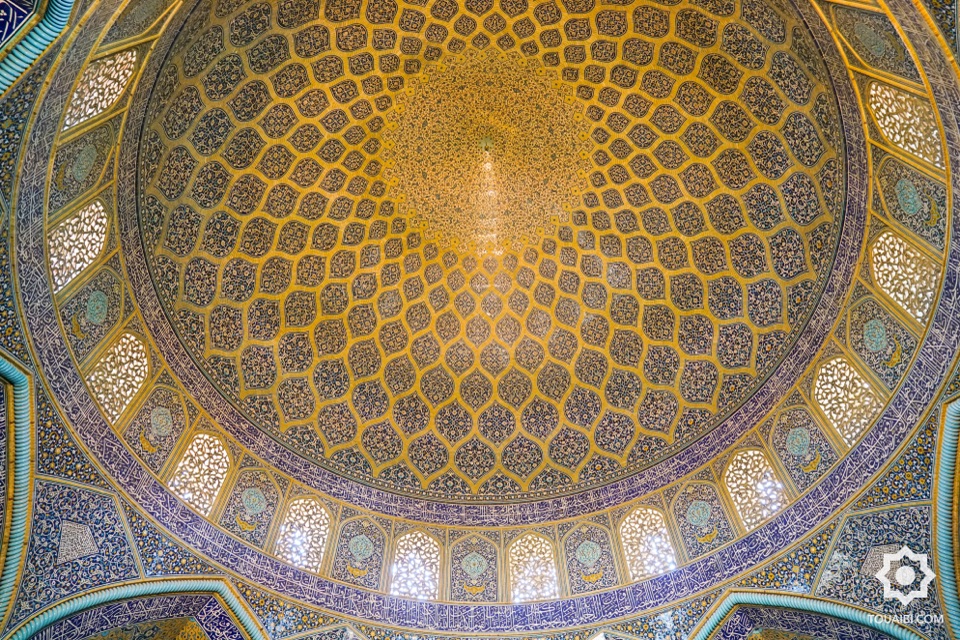
About
The dazzling dome of the Imam's Mosque (Masjed-e Shah) in Esfahan. A jewel of Persian art, this architecture symbolises heaven, cosmic cycles, universal harmony and divine infinity.
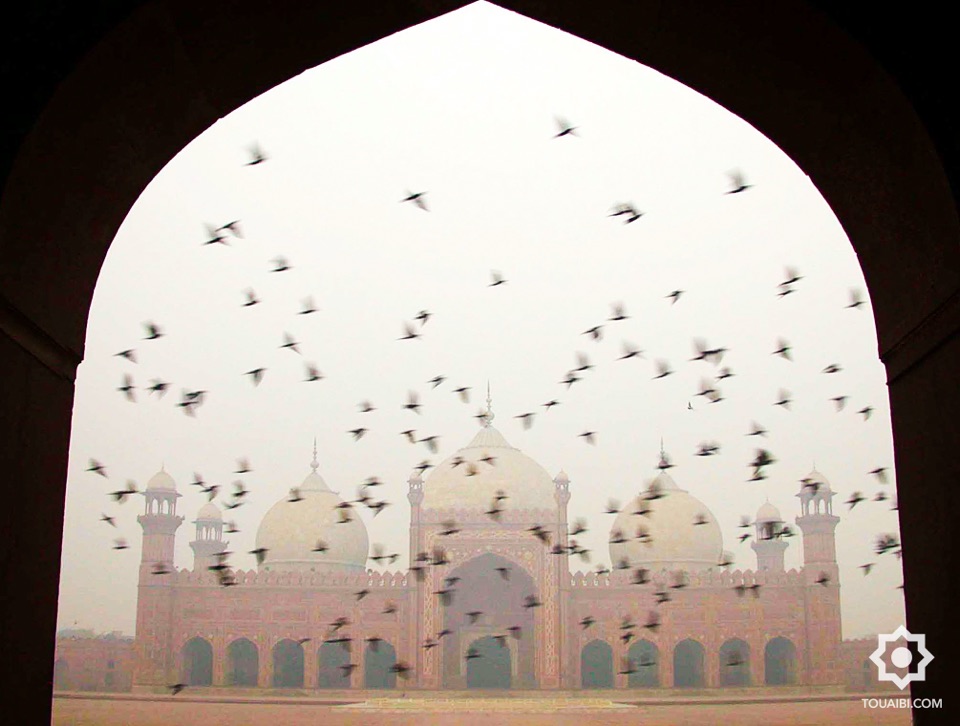
About
The Badshahi Mosque in Lahore, Pakistan. It was built in 1673 by Emperor Aurangzeb. He was the son of Shah Jahan, who built the Taj Mahal in India.

About
From Mount Qiyun, a major centre of Chinese Taoism, you can see an oratory perched on a rocky outcrop.
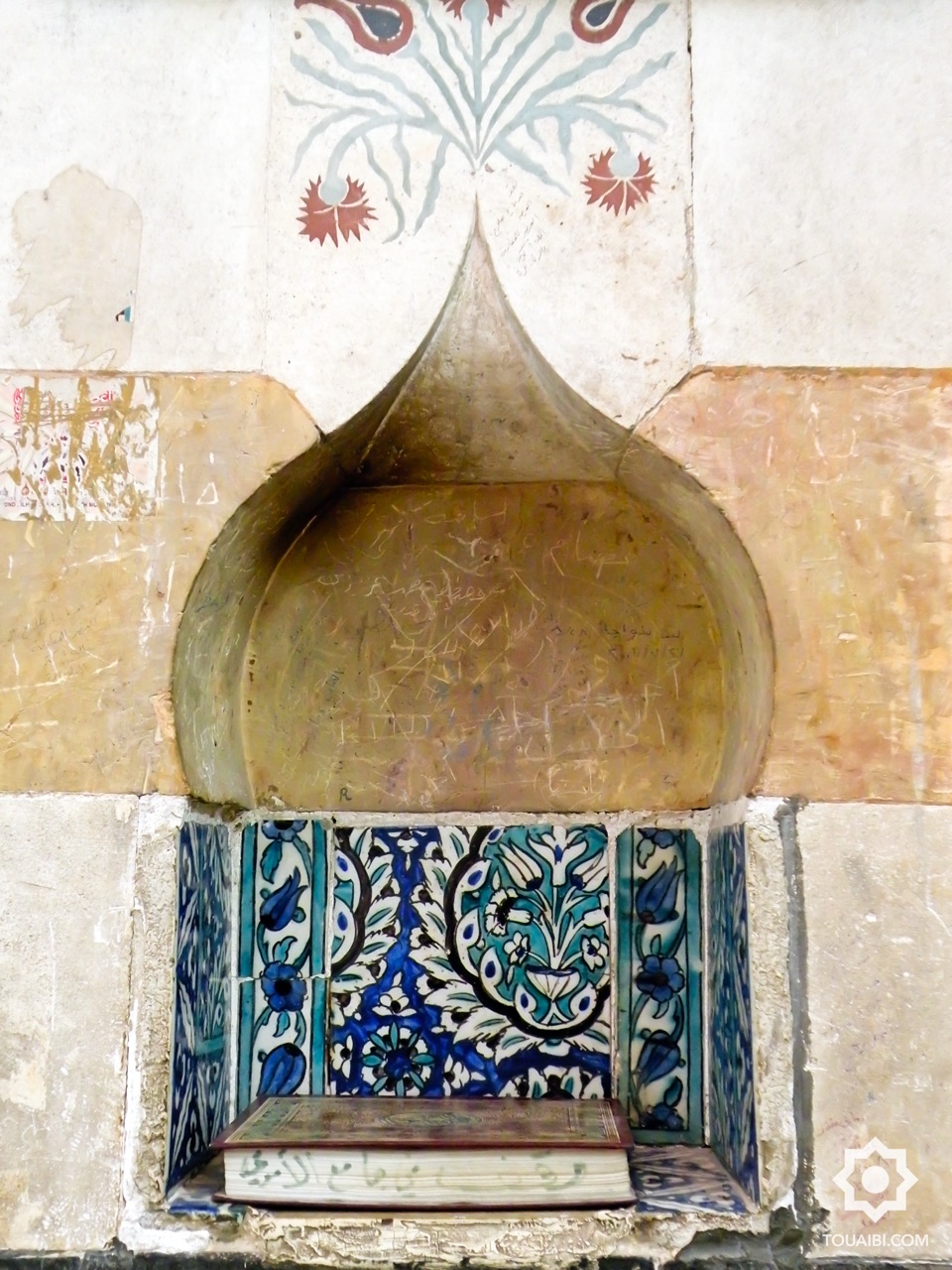
About
Ancient lamp niche in the mausoleum of Saladin (Salâh-ad-Dîn Al-Ayyûbî, 1138–1193) in Damascus, Syria.
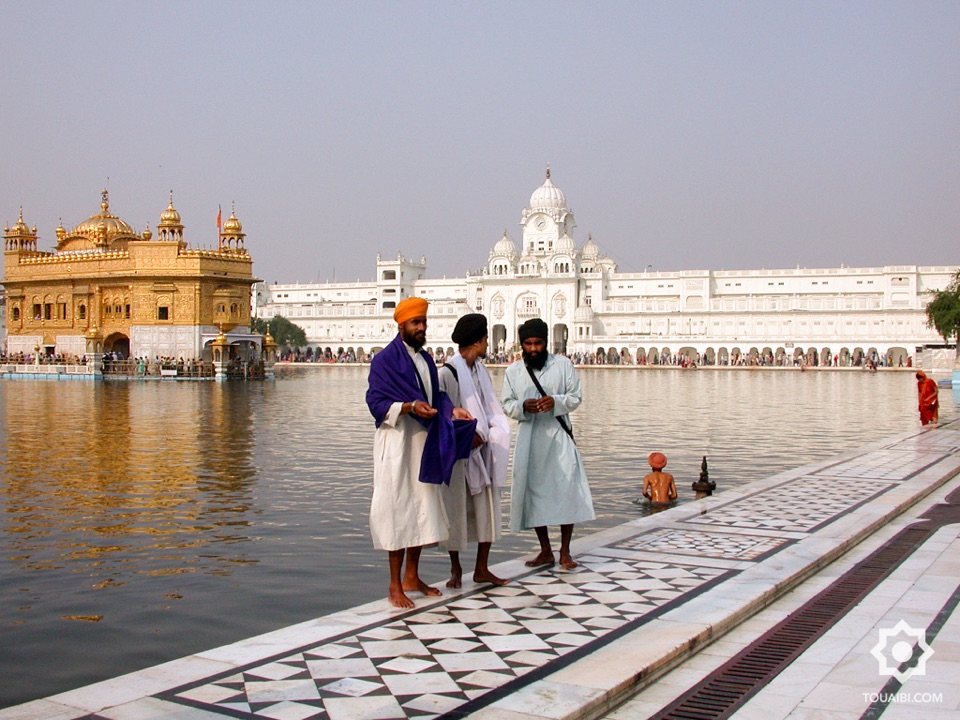
About
Celebration of the birthday of Gurû Nanak, founder of Sikhism, on 8 November 2003 at the Golden Temple in Amritsar, India. The faithful perform the purification ritual in the sacred pool.
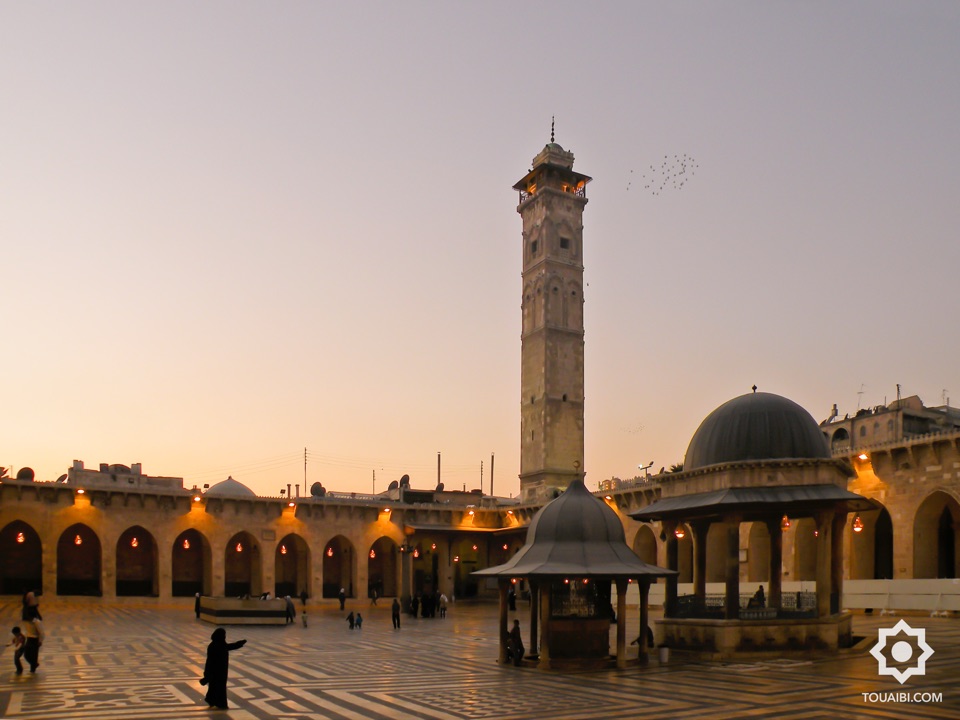
About
The courtyard of the Great Mosque of the Umayyads in Aleppo at dusk.This shot preserves the memory of its Seljuk minaret (1029), an architectural jewel – sadly destroyed in 2013 during the civil war –, the last trace of a vanished heritage.
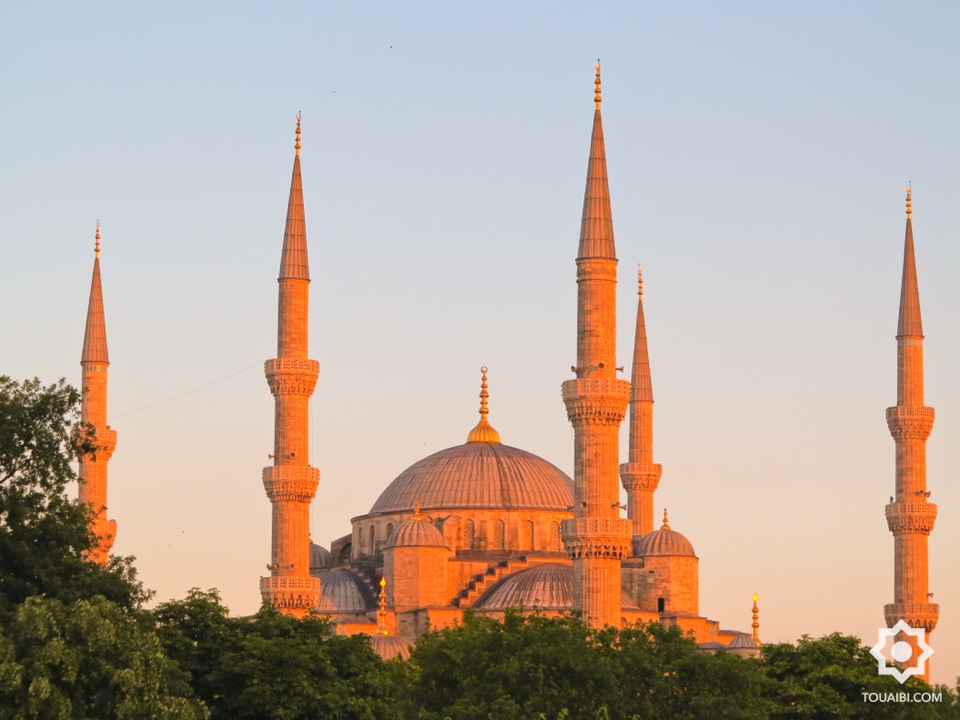
About
The Sultan Ahmed Mosque, famous the world over as the ‘Blue Mosque’, graces the Istanbul skyline with its imposing silhouette. A masterpiece completed in 1617, it symbolises the ultimate refinement of Ottoman architecture.
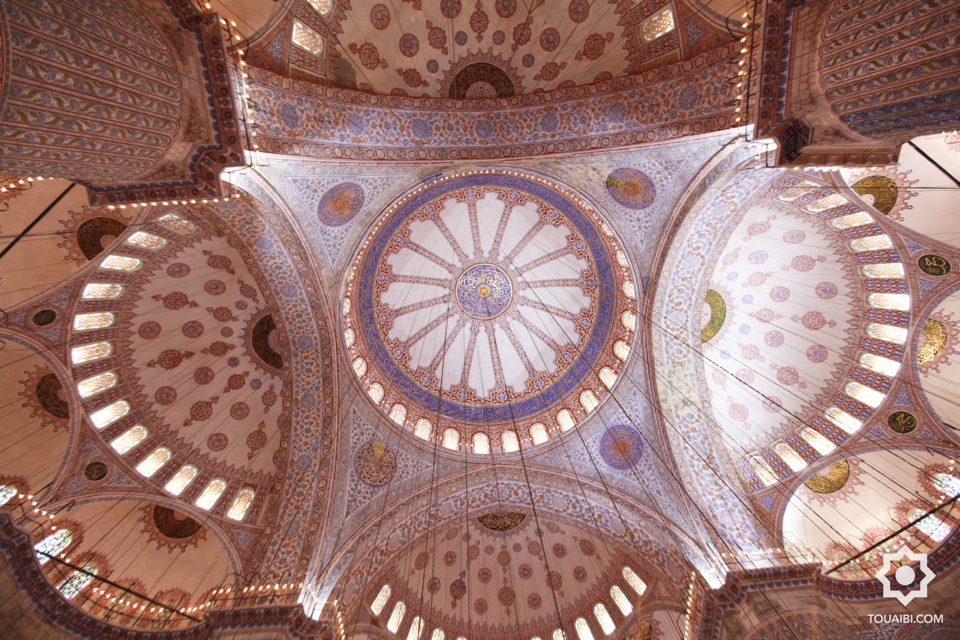
About
The interior of the famous Blue Mosque (Sultan Ahmed) in Istanbul dazzles with its beauty and refinement. Its dome is decorated with 20,000 blue Iznik tiles, giving it its emblematic name.
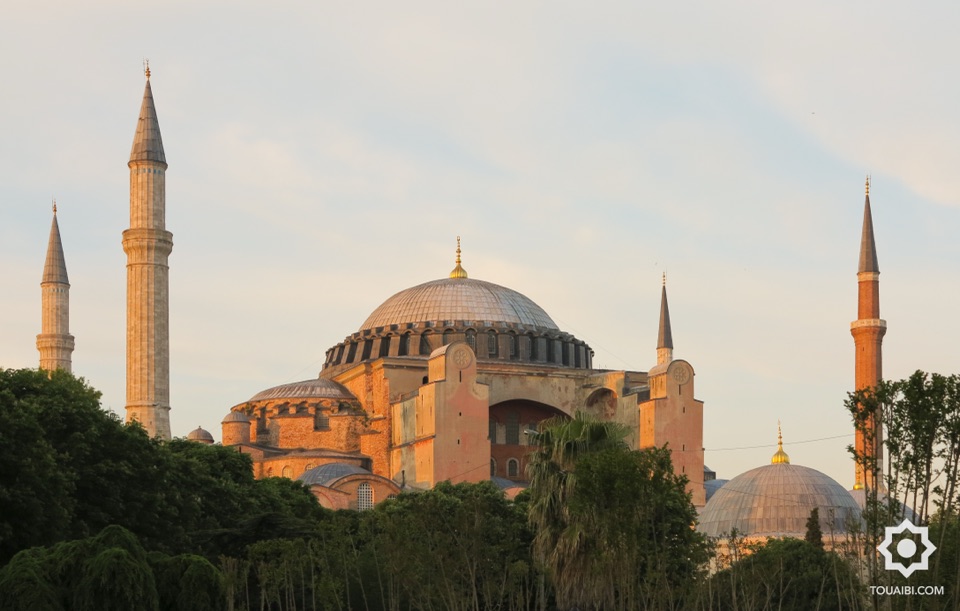
About
Exterior view of Hagia Sophia in Istanbul: an architectural jewel that was the largest basilica in Christendom for a thousand years (537–1453), successively transformed into a mosque, then a museum, and since 2020 back into a mosque.

About
Inside Hagia Sophia in Istanbul: under the monumental dome, 31 metres in diameter, the Virgin Mary (Maryam in Arabic) keeps watch, surrounded by Islamic calligraphy. A unique dialogue between Christianity and Islam, where Byzantine mosaics and Ottoman medallions have coexisted for centuries.
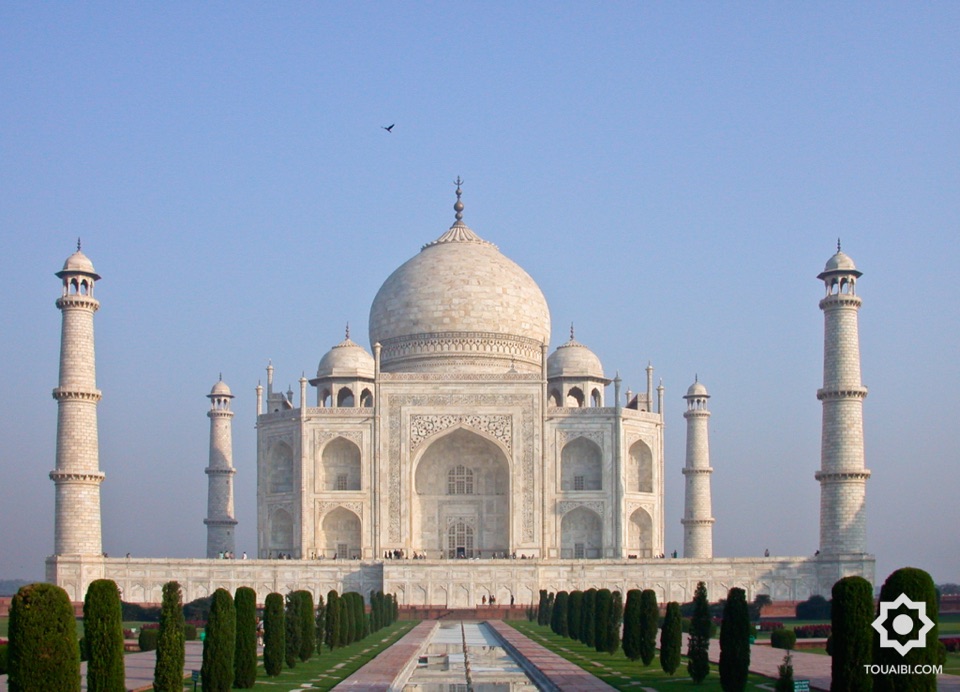
About
The Taj Mahal in Agra, India: a white marble mausoleum built between 1631 and 1648 by the Mughal emperor Shah Jahan in honour of his beloved wife Mumtaz Mahal. This masterpiece of Islamic-Persian symmetry involved more than 20,000 craftsmen and 1,000 elephants. Listed by UNESCO, its marble inlaid with 28 precious stones changes colour with the light of day.
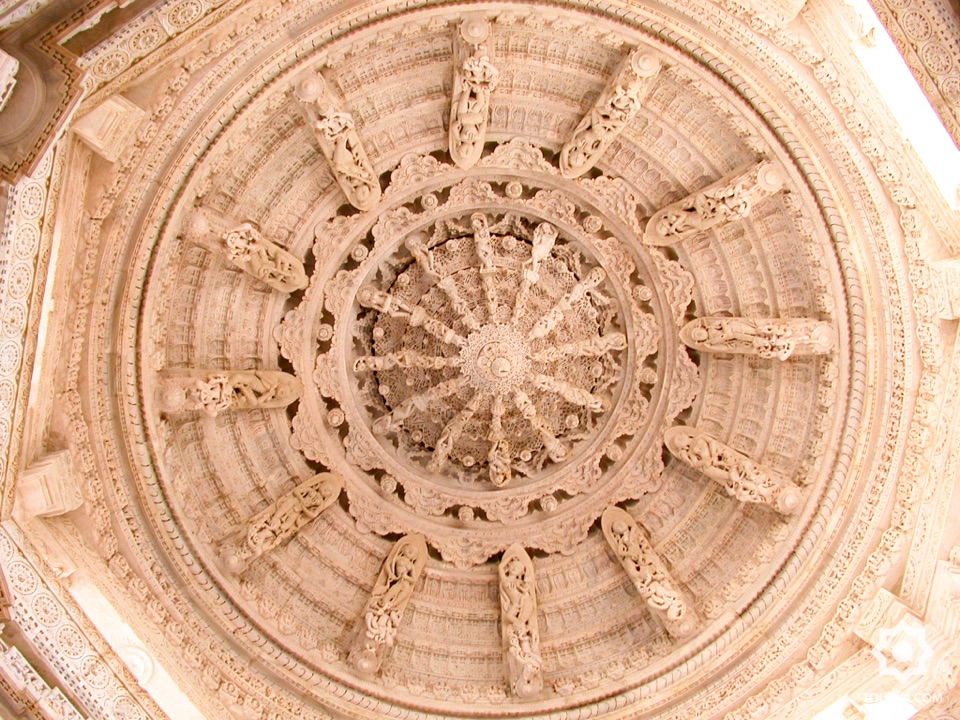
About
The dome of the Chaumukha Jain temple in Ranakpur, India, built in the XVe century. This sacred site, one of the most important pilgrimages of Jainism, is nestled in the heart of a tropical forest and attracts many visitors.
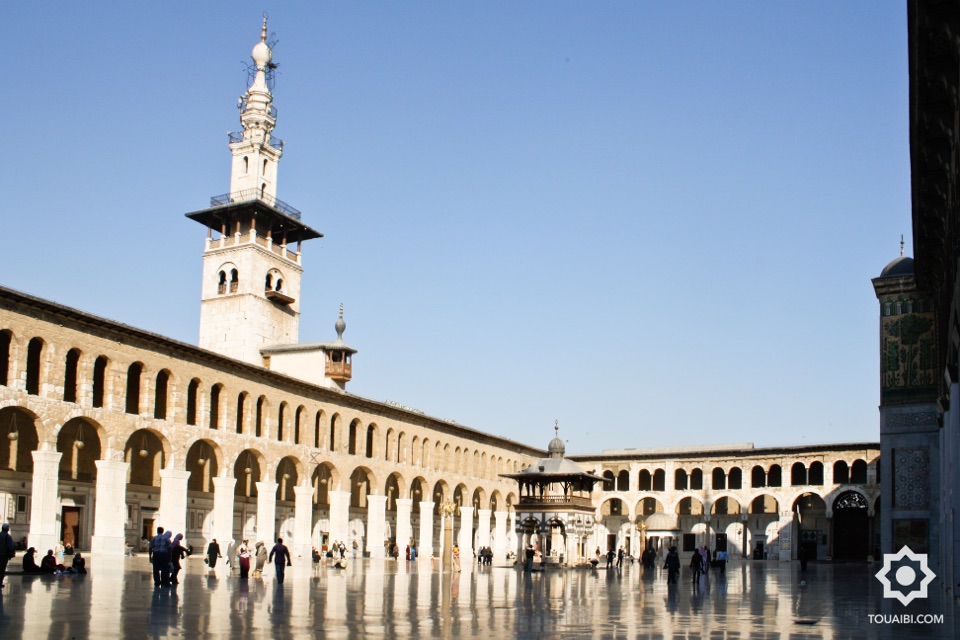
About
The Great Mosque of the Umayyads in Damascus, founded in 705, is one of Syria's jewels. The fourth holiest site in Islam, its courtyard is decorated with sumptuous Byzantine mosaics. It was built on the site of the ancient basilica of St John the Baptist – where the saint's head is said to rest – which was itself built on the site of the Roman temple of Jupiter, inscriptions on which date back to 150 A.D. This unique site is thus the focus of almost two millennia of spiritual history.
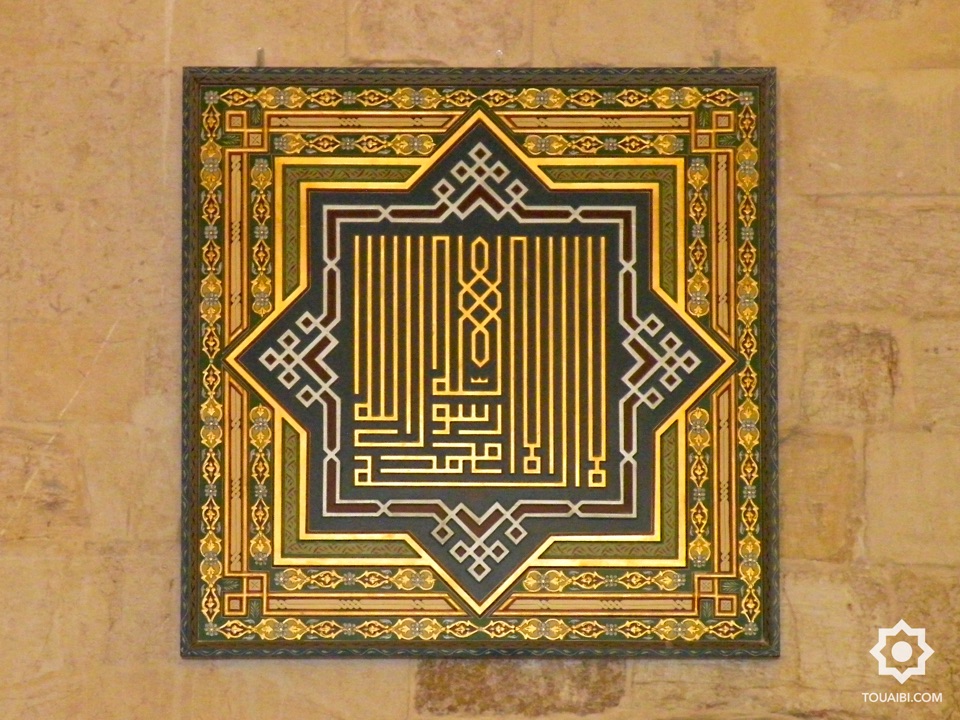
About
Calligraphy of Lâ ilâha illâ-l-lâh in the Great Umayyad Mosque in Aleppo, Syria.
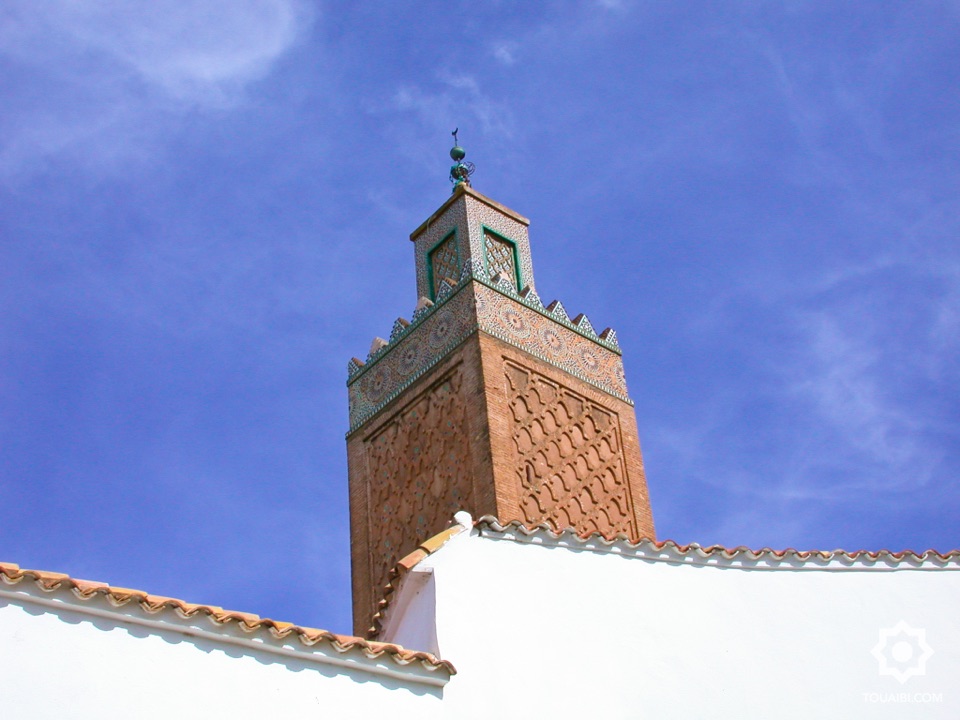
About
The Sidi Boumedienne (Abu Madyan) Mosque in Tlemcen, Algeria, was built in the XIVe century. This jewel of Islamic architecture, dedicated to the famous Sufi Abu Madyan, remains a place of spirituality and a major witness to the medieval history of the Maghreb.
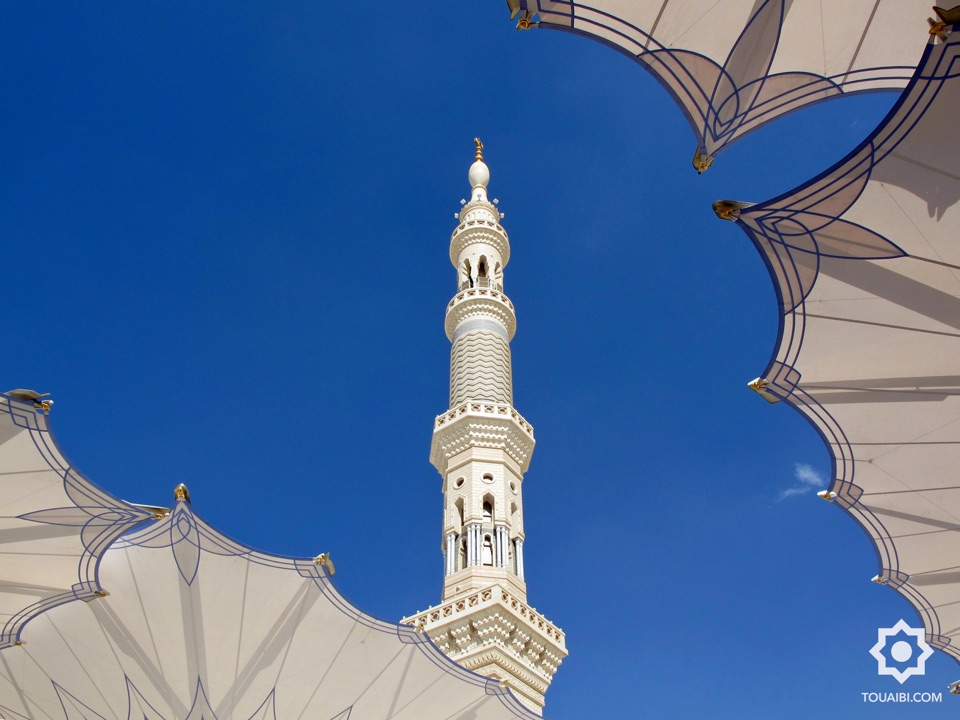
About
On the esplanade of the Prophet's Mosque in Medina, the minaret rises like a link between earth and sky. Its verticality embodies the universal values of spiritual elevation and righteousness.
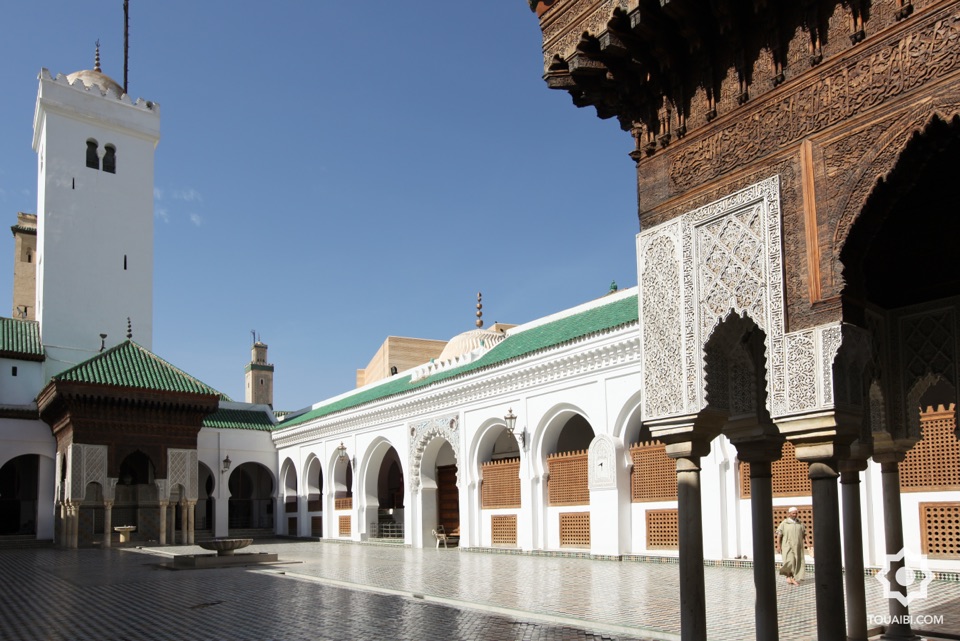
About
A UNESCO World Heritage Site, the Al-Qarawiyyin mosque in Fez, Morocco, founded in 857, is home to one of the oldest universities in the world still in operation. Its origins are remarkable: it was established by Fatima al-Fihriya, a woman scholar and visionary philanthropist.
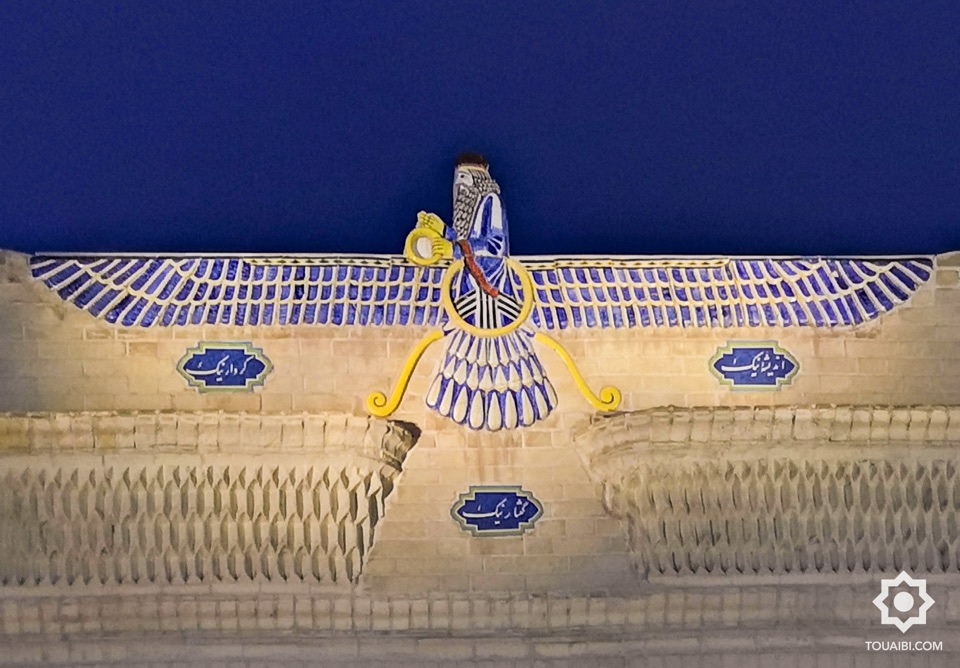
About
The pediment of the Temple of Fire (Ateshkadeh) in Yazd, Iran, where a sacred flame burns permanently. The three inscriptions sum up the Zoroastrian ethic: ‘Good Thought’, ‘Good Word’, ‘Good Action’. This tradition dates back to the prophet Zarathustra, whose existence is estimated between 1500–1000 BC, although some hypotheses put it as far back as 3000 BC.
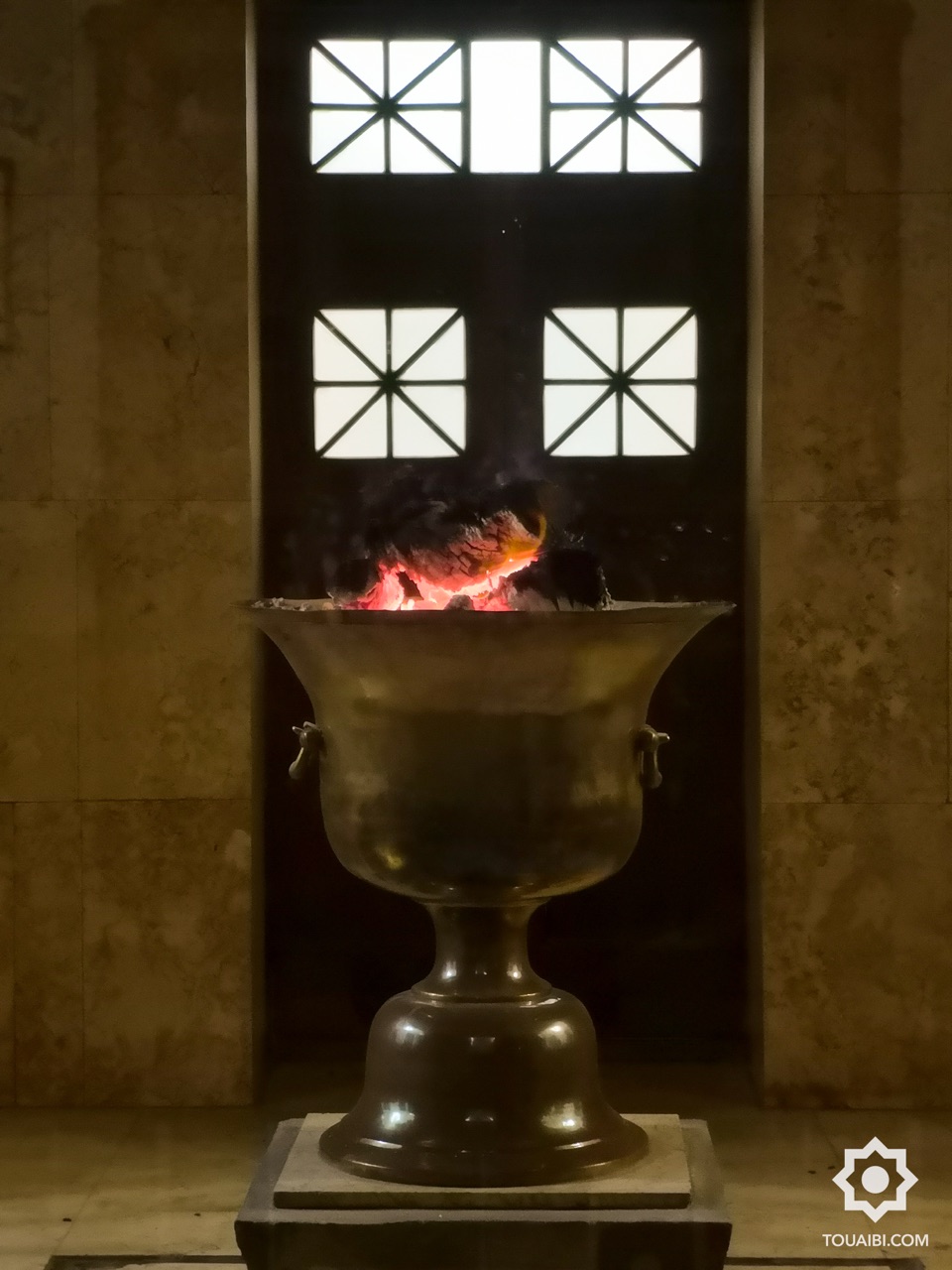
About
Inside the Zoroastrian temple in Yazd, the sacred fire has been burning through glass for 1,500 years. Logs burn continuously to bear witness to divine purity, truth and goodness. In the Zoroastrian tradition, fire is not worshipped but seen as a symbol of divine light - hence its importance in temples like that of Yazd.
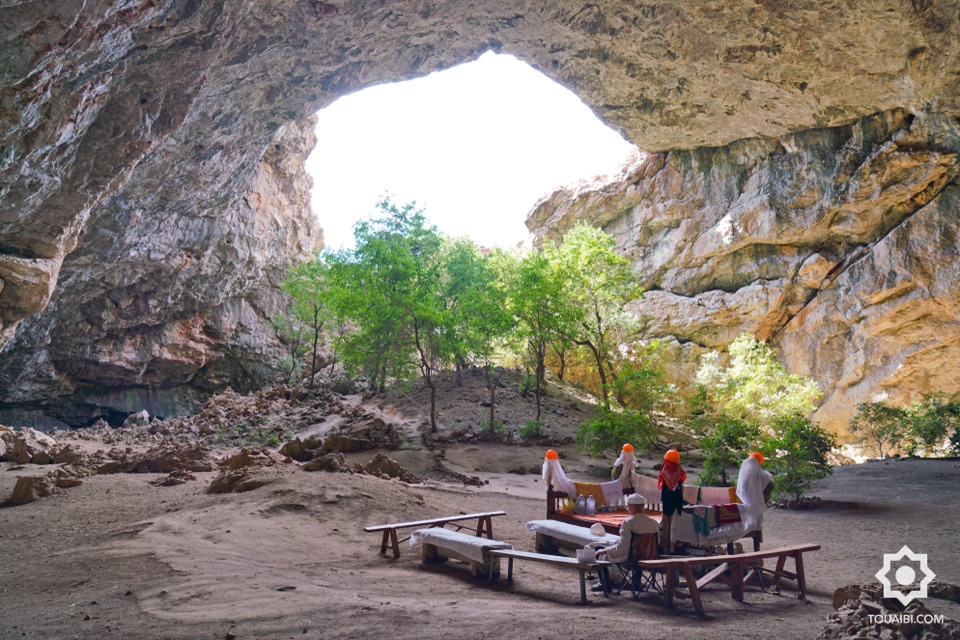
About
The Akmechet cave in Kazakhstan is one of the largest in Central Asia. With its underground vault covering more than a hectare, it has a unique feature: mulberry trees grow there, sheltered from the sun. Scientific studies have measured the beneficial effects of its air on blood pressure. A place of pilgrimage, it is also said to have the power to purify energy after just 20–30 minutes – a phenomenon that has earned it the name of ‘sacred cave’.
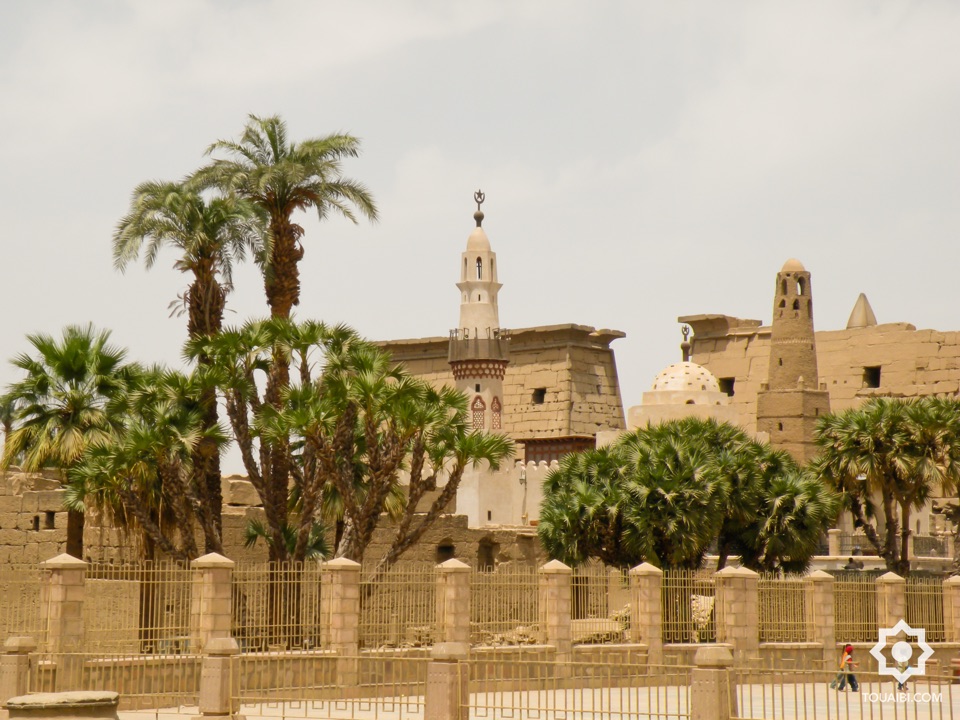
About
The Abu el-Haggag mosque in Luxor, built around 1240, is one of the oldest mosques in Upper Egypt. It overlooks Luxor Temple, one of Egypt's most important monuments. It is the embodiment of a tradition of worship that has been uninterrupted at Luxor Temple for nearly thirty-five centuries.
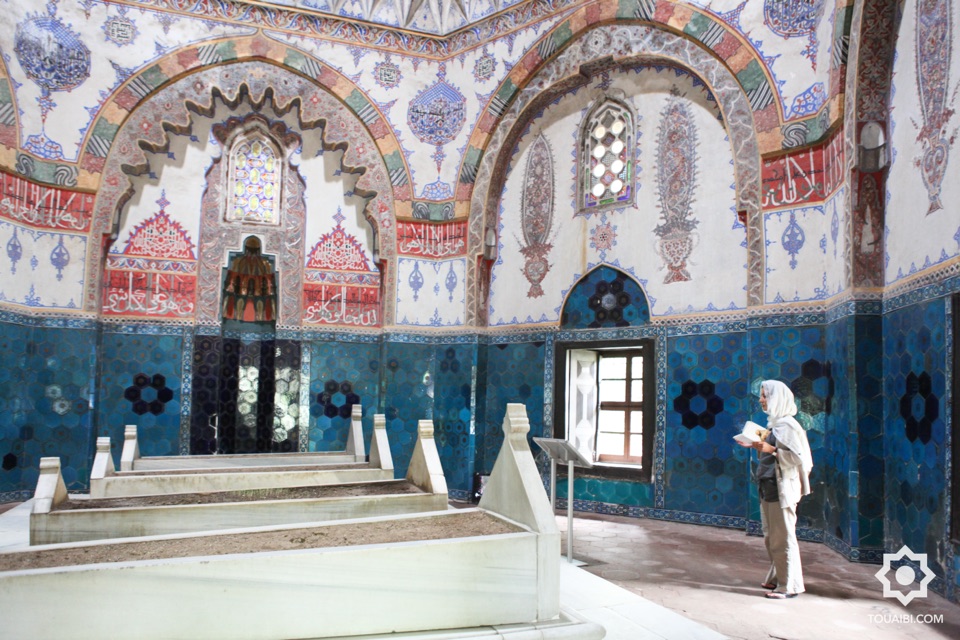
About
Bursa, the first capital of the Ottoman Empire, is home to the sanctuary of Sultan Murad I. An architectural masterpiece combining history and spirituality.
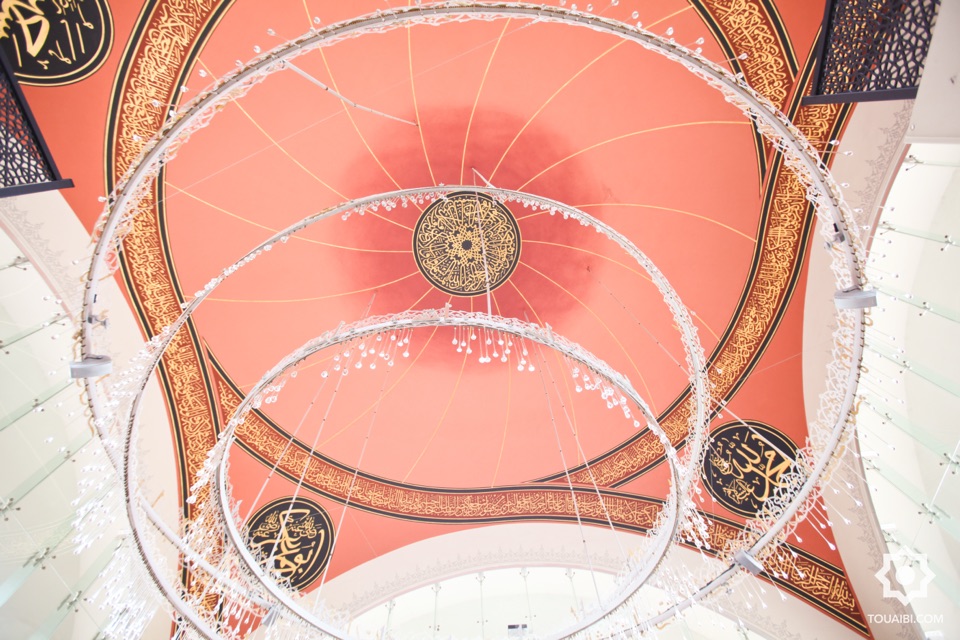
About
The dome of the Şakirin Mosque, designed by the architect Hüsrev Tayla in Istanbul. A pioneering work, since it is the first mosque in Türkiye built by a woman, the designer Zeynep Fadillioğlu.
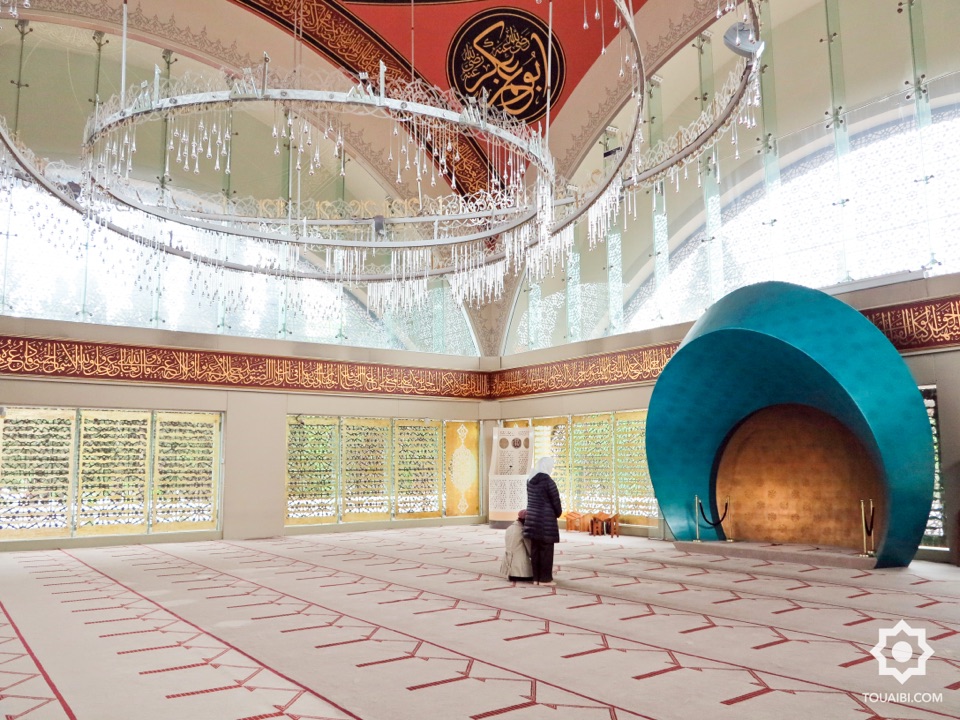
About
The avant-garde interior of the Şakirin Mosque (2009) in the Üsküdar district of Istanbul, designed by Zeynep Fadıllıoğlu. The first woman to design a mosque in the Muslim world, she incorporated a spectacular Murano crystal chandelier and contemporary calligraphy, creating an unprecedented dialogue between Islamic tradition and modern design.
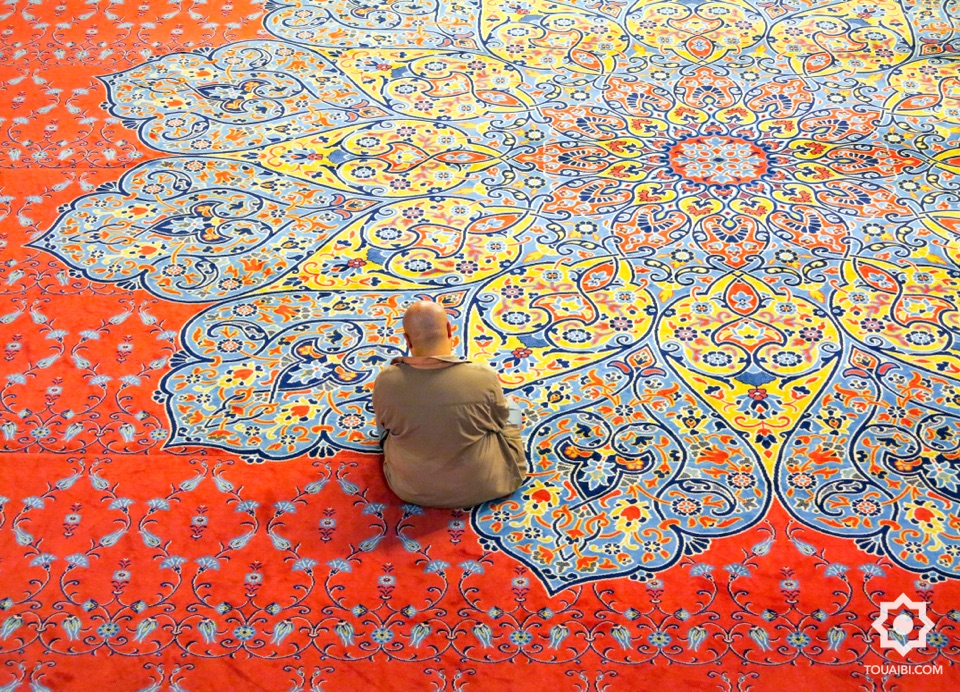
About
In the Eyüp Sultan Mosque in Istanbul, built over the tomb of Abu Ayyub al-Ansari, a key companion of the Prophet Muhammad. This shrine, one of the holiest in Islam, has been attracting pilgrims and visitors to its fervent precincts since the 15th century.
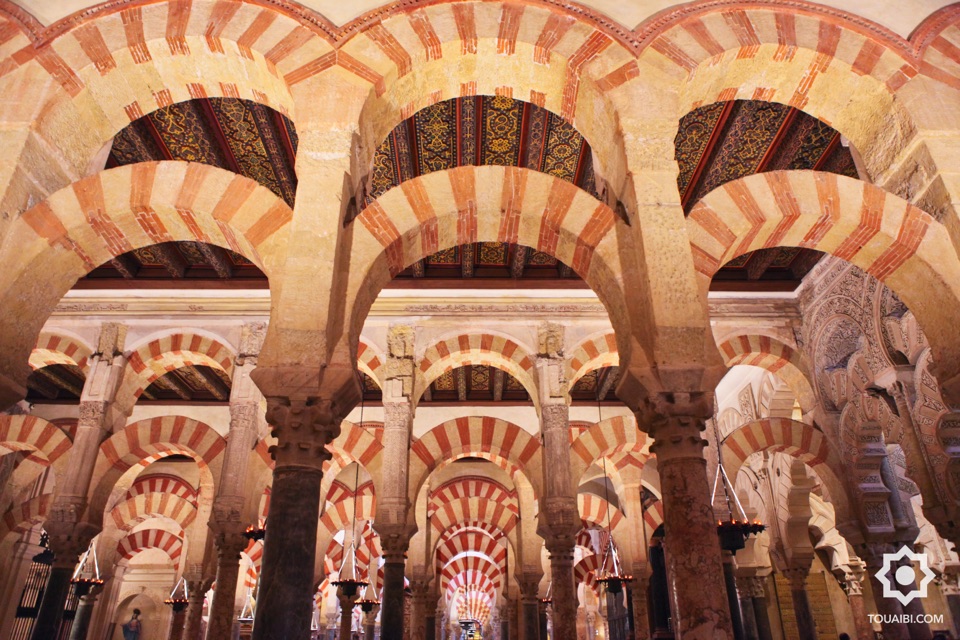
About
A jewel of Al-Andalus transformed into a cathedral, the Mosque of Cordoba dazzles with its 856 columns and two-tone arcades. A mineral dialogue between Islam and Christianity, where the light creates an atmosphere conducive to meditation.
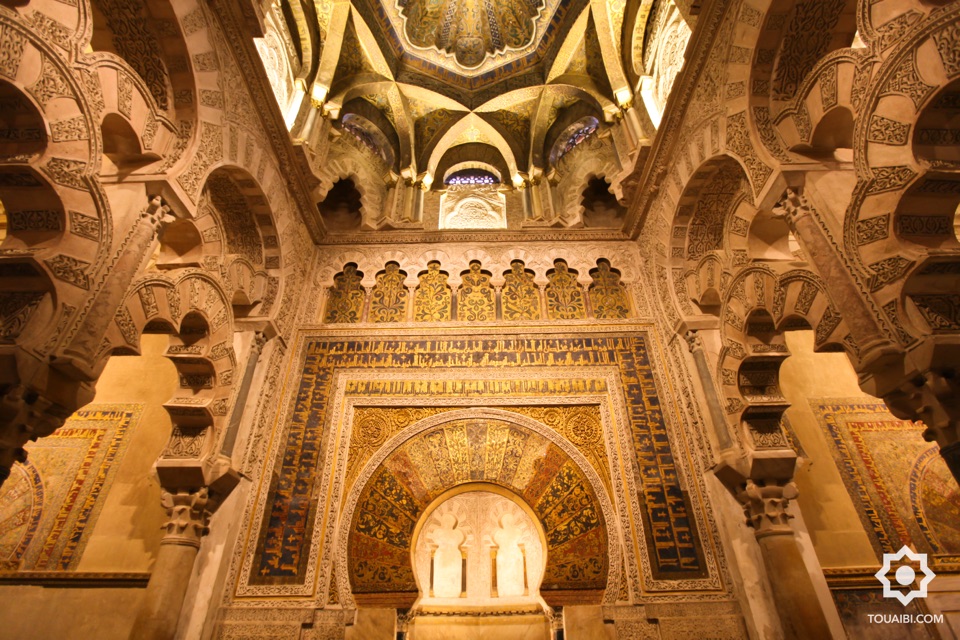
About
The Mihrab of Cordoba's Mosque-Cathedral – a jewel of Umayyad art. Its sacred niche of gilded Byzantine mosaics is adorned with plant arabesques: a symphony of flowers, fruit and Koranic verses in Kufic script, facing south like an architectural mystery.
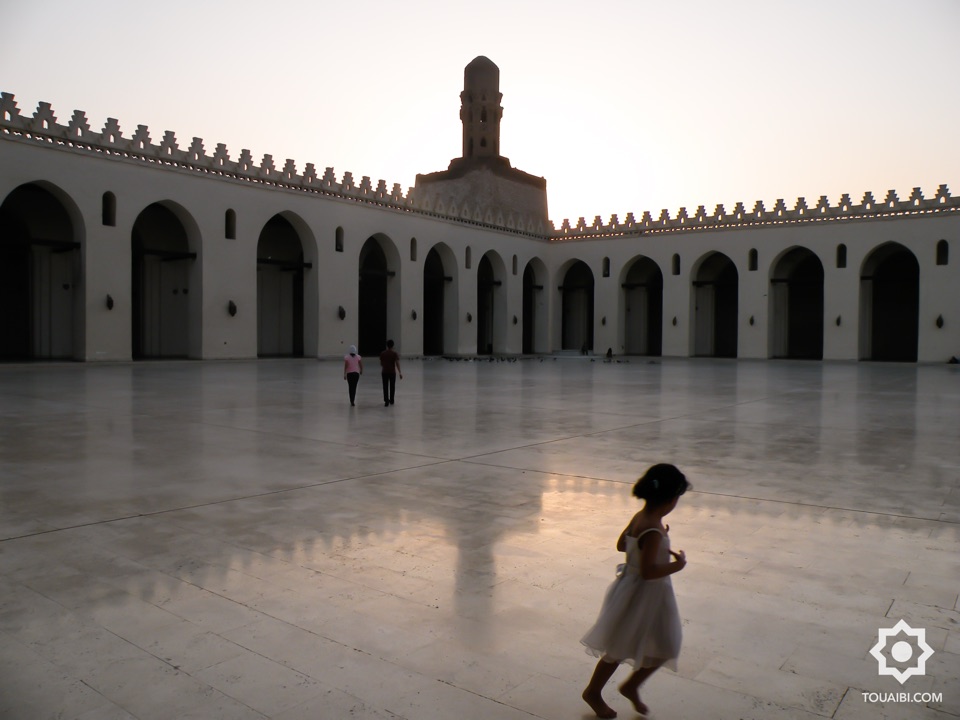
About
Dusk in the courtyard of the Al-Hakim mosque, Cairo's little-known jewel. Its angular minaret from the Fatimid period (11th century), one of the oldest in the Islamic world, silhouettes itself against the sky, a thousand-year-old witness to Cairo's nights.
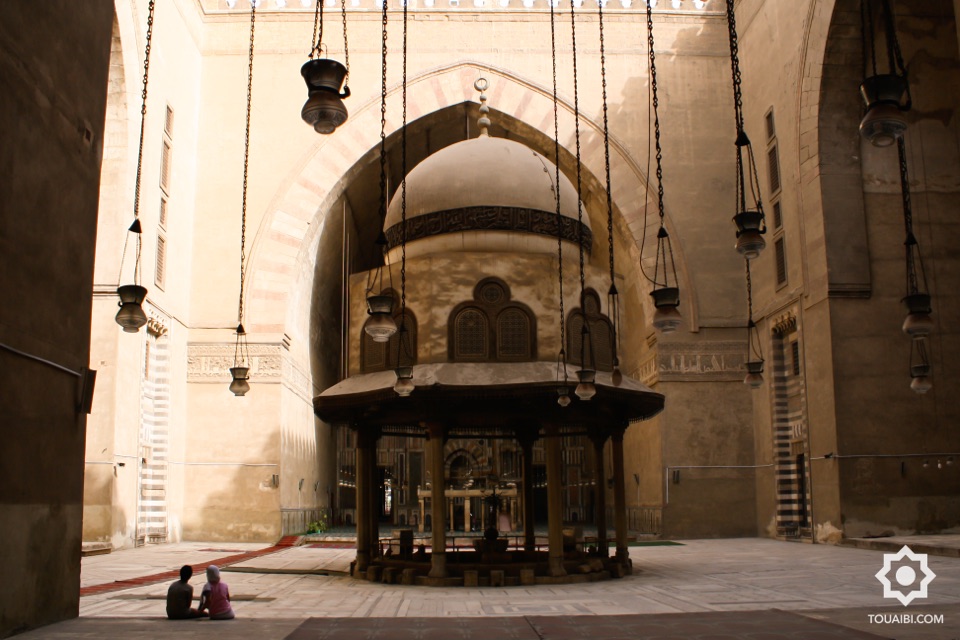
About
The ablutions fountain in the Sultan Hassan Mosque (1356–1363), a Mamluk masterpiece where sacred geometry invites meditation.
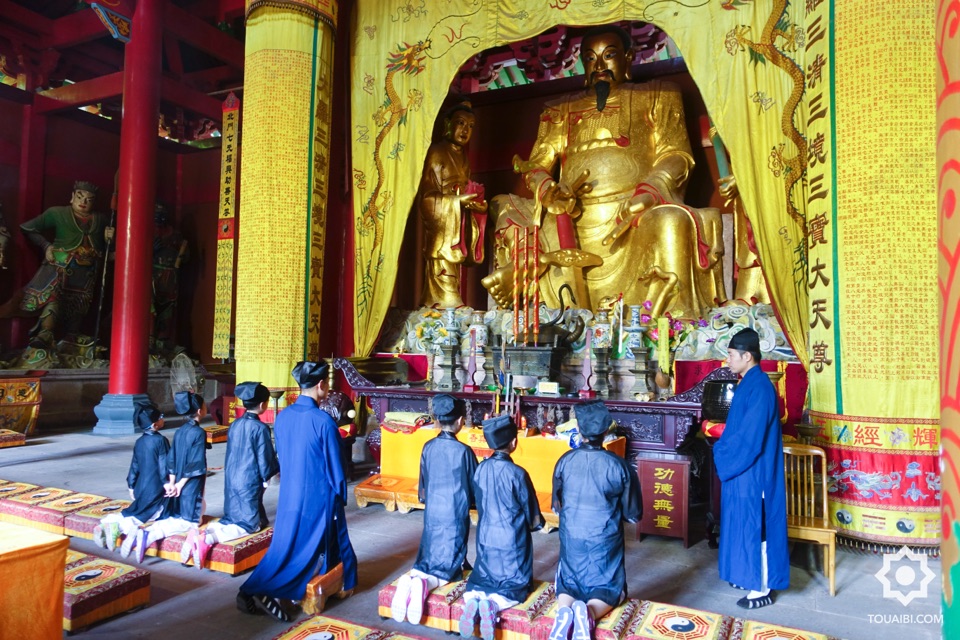
About
The Taisu temple (XIIIe c.), the setting for Mount Qiyun, a sacred mountain in China. Under the benevolent eyes of Taoist masters, children tame prayer, their innocent hands weaving a living link between heaven and earth.

